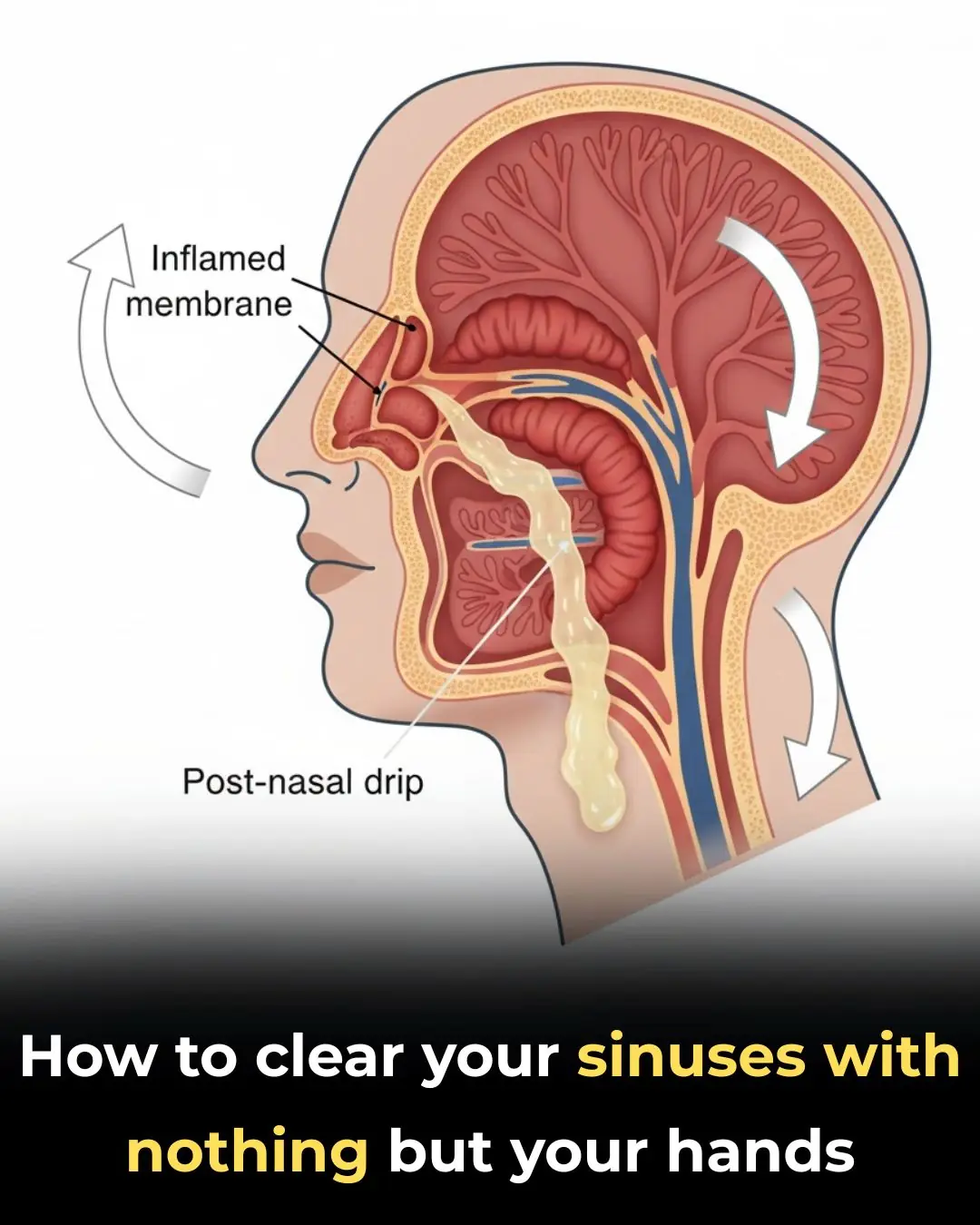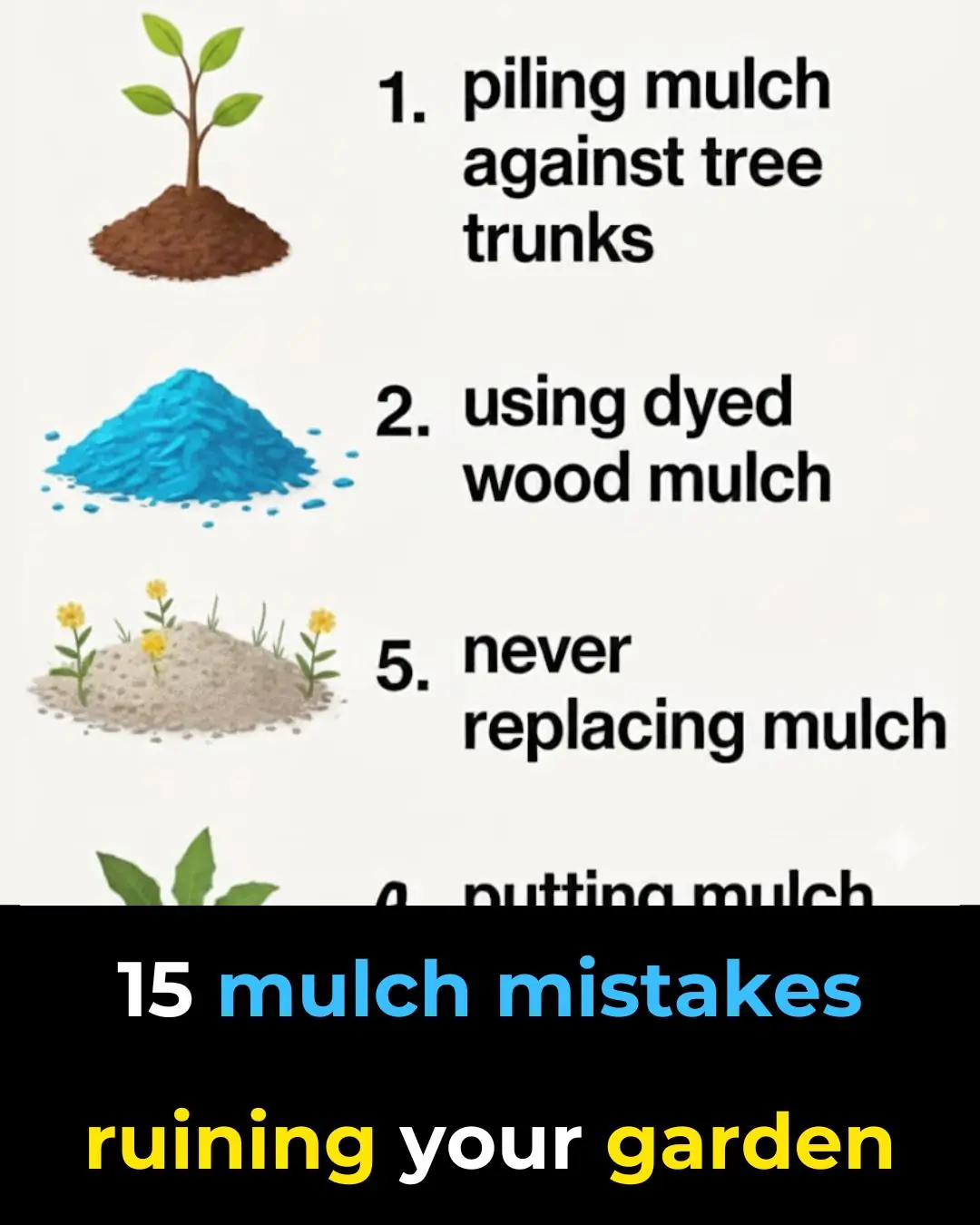
3 Strange but Effective Uses of Toothpaste That Many People Don’t Know
Toothpaste is not just for cleaning teeth — it has surprising applications around the house and in personal care, according to a Vietnamese lifestyle article. The piece outlines three unusual uses of toothpaste, claiming they can simplify everyday tasks. (Tap Chí Đời Sống) (tapchinuocmy.com)
Below is an expanded version with rationale, caveats, and whether science supports these hacks.
The Three Unexpected Uses & How to Try Them
1. Remove Rust from Metal Surfaces
The article suggests applying a small amount of white or non-gel toothpaste onto rusty spots (on screws, hinges, or tools). Rub gently with a soft cloth or toothbrush, then rinse and dry. The mild abrasives in toothpaste can help scrub away surface rust without harsh chemicals.
2. Polish Silver or Jewelry
For tarnished silver or dull jewelry pieces, toothpaste is said to restore shine. The method: apply a thin layer of plain white toothpaste, gently rub with a soft cloth, then rinse off. The toothpaste’s polishing agents help remove oxidation and slick grime.
3. Clean Foggy Glasses / Lens Scratches
If your eyeglasses or smartphone screen is cloudy or has light scratches, apply a pea-size bit of non-gel toothpaste, rub gently in circular motions, and then rinse. The abrasives can buff minor scratches and restore clarity (for less severe damage).
Why These Might Work — and When to Be Careful
-
Toothpaste typically contains micro-abrasives (silica or calcium carbonate) which can gently scour off oxidation, grime, or surface deposits.
-
It also contains surfactants and mild cleaning agents that help lift dirt and oils.
-
However, the abrasives make this a mild polishing action — too much pressure or repeated use can scratch soft metals, coated surfaces, or delicate glass.
When to be cautious:
-
Don’t use toothpaste on coated lenses (antireflective, UV, or oleophobic coatings). These coatings might be damaged by abrasion.
-
Avoid colored gel, whitening, or gritty toothpaste formulas — these are harsher. Use plain white paste without extra particles.
-
On jewelry, be careful with gemstones (like opal, turquoise, pearls) that are softer or porous — toothpaste can damage them.
-
Always test a small hidden spot first before applying broadly.
What Expert Sources Say & Similar Hacks
-
Several cleaning guides (e.g. Good Housekeeping, Reader’s Digest) mention toothpaste as a handy hack for removing scratches or stains on glass, chrome, or white sneakers.
-
Optometry and lens care sources often warn that abrasive compounds risk damaging delicate optical coatings — hence, most professionals recommend lens cleaners designed for glasses over DIY abrasives.
-
In metal care forums, users often use toothpaste for small spot polishing, but they emphasize doing it gently and finishing with a soft cloth and protective polish or wax.
Tips for Safely Trying These Hacks
-
Use a pea-sized amount of plain white toothpaste; dilute with a little water if needed.
-
Use a soft microfiber or cotton cloth, not a rough sponge or abrasive pad.
-
Rub gently in small circular motions — don’t scrub hard.
-
After cleaning, rinse thoroughly and dry the surface to prevent residue.
-
For precious items or devices, consider consulting a professional rather than risk damage.
News in the same category


What does it mean when a person helps waiters remove plates from the table, according to psychology?

Barrow Enters Extended Polar Night, Offering Insights into Arctic Life and Climate Research

Reason I’m A Celebrity star Vogue Williams won’t be meeting husband Spencer Matthews on jungle bridge

Nintendo fans are only just discovering touching Robin Williams tribute hidden in one of its biggest games

Convicted jewel thief makes shocking claim about what really happened at the Louvre robbery

Neuroscientist reveals chilling things he saw while in a coma as he explains what it really feels like

After a Few Days at My Mother-in-Law's Country House, I Made the Sh0cking Decision to Call Off the Wedding
After spending a few days at my mother-in-law’s country house, I realized I couldn’t go through with the wedding, making the difficult decision to call it off.

My Husband’s Best Friend Moved in Weeks Ago, Expecting Me to Clean after Him – Husband Sided with Him, So I Taught

New Nanowire Battery Can Be Recharged 100,000 Times – So it Never Needs to Be Replaced
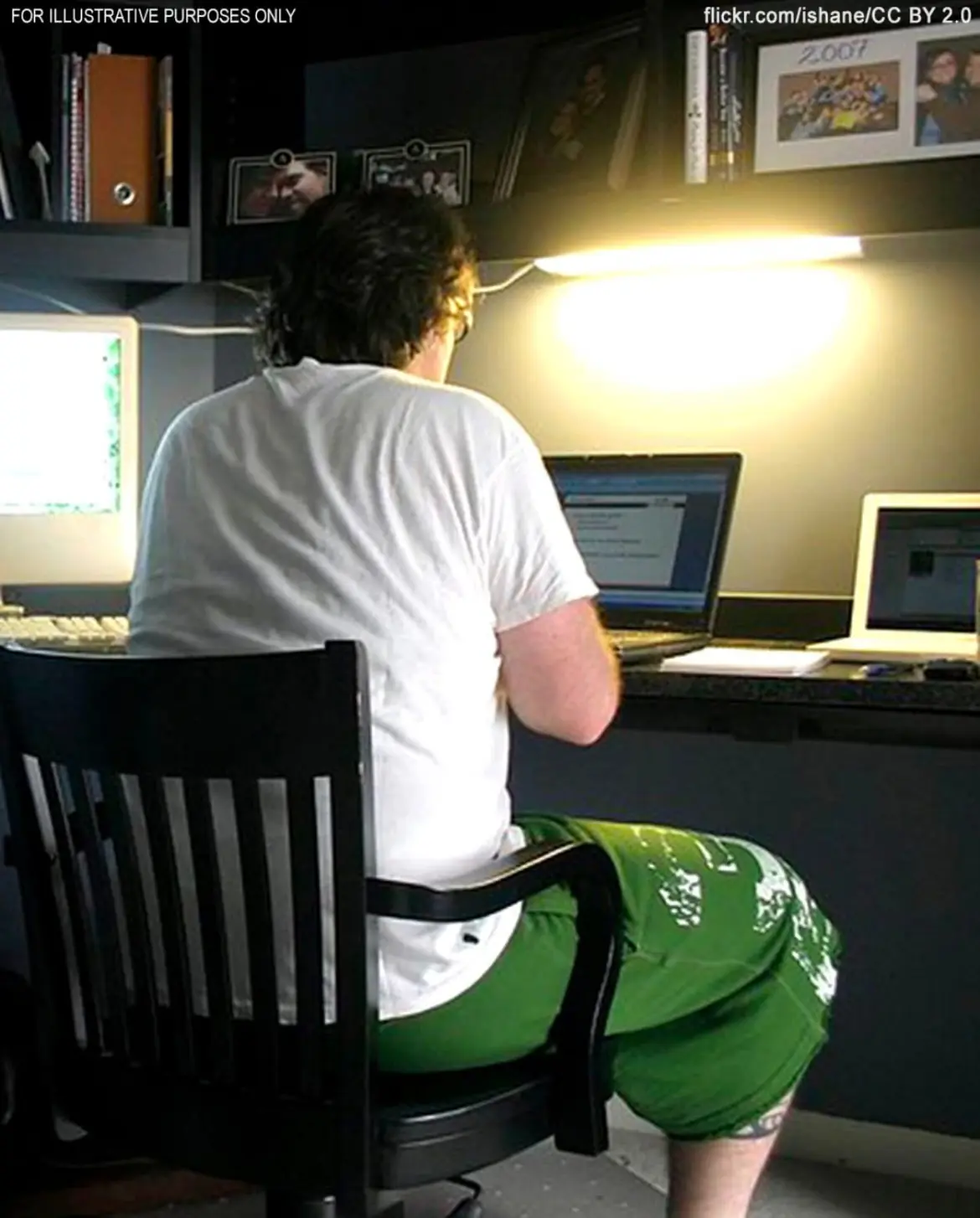
I overheard my husband telling a friend that he’s only with me for my money—and I made sure he got a severe lesson in return | LOLitopia
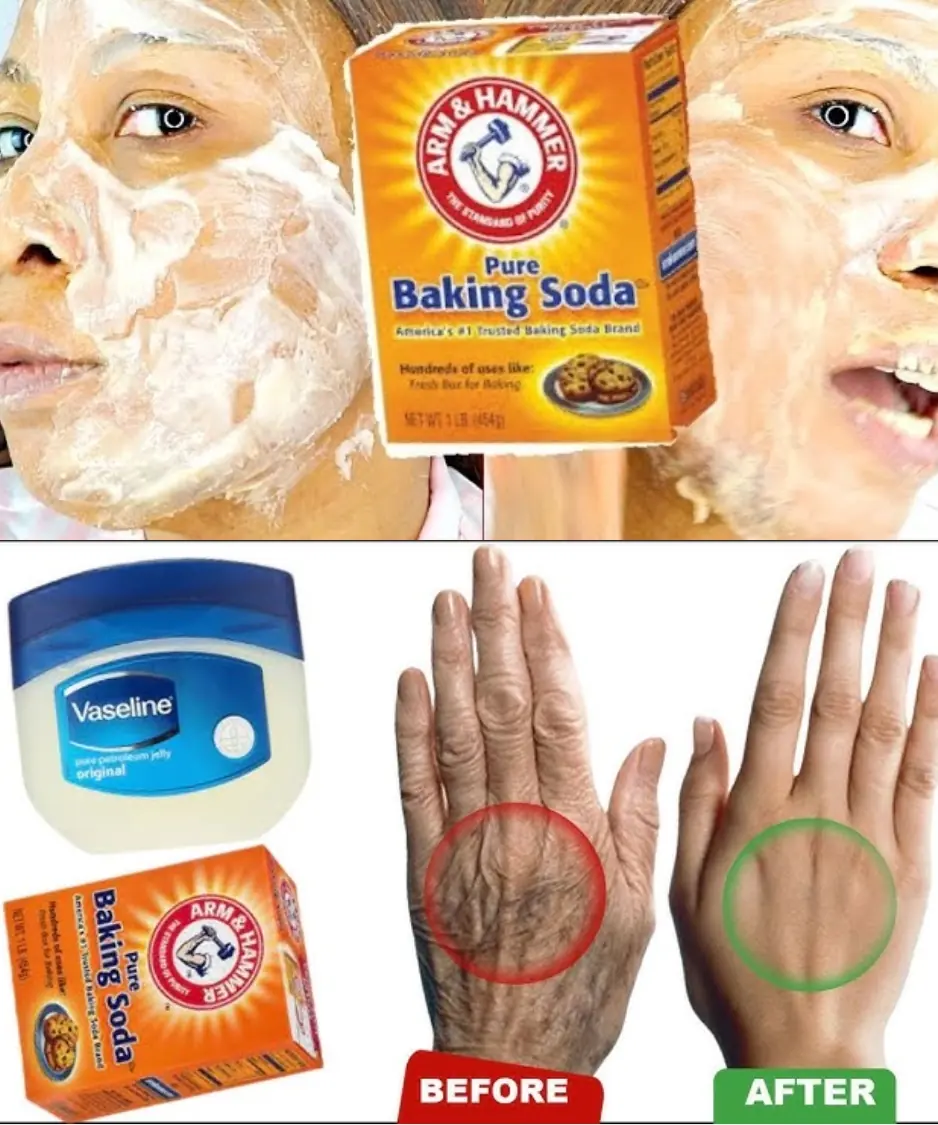
How To Apply Baking Soda On Your Face: 3 Simple and Effective Ways
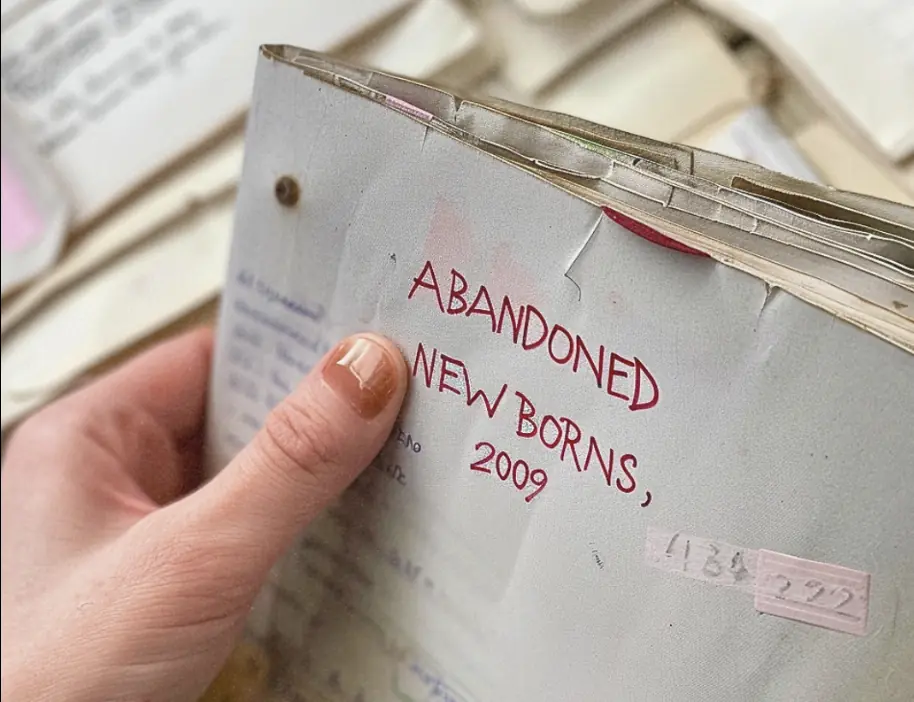
My Family Turned Against Me When I Became a Private Detective, but a Teen Girl's Case Changed Everything — Story of the Day

Mom Installs Baby Monitor in Son’s Room and Gets Scared When She Sees Movement There — Story of the Day

My In-Laws Demanded Our Luxury Villa on Our Family Honeymoon – My Husband Gave Me the Green Light to Put Them in Their Place

Elderly Homeless Woman Begged Me to Drive Her to Church — Three Days Later, She Knocked on My Door in a Lavish Gucci Coat

On the Morning of Our Wedding, My Fiancé's Parents Announced They Weren't Coming — Their Reason Made Me Go Pale

My Ex-Husband Asked Me to Be a Surrogate for Him and His New Wife - It Ended Not as He Expected

My Sister Stole My Fiancé a Month Before the Wedding and My Parents Took Her Side — I Paid a Visit to Their Wedding
News Post

Tamarind: The Tangy Superfruit Your Body Will Thank You For
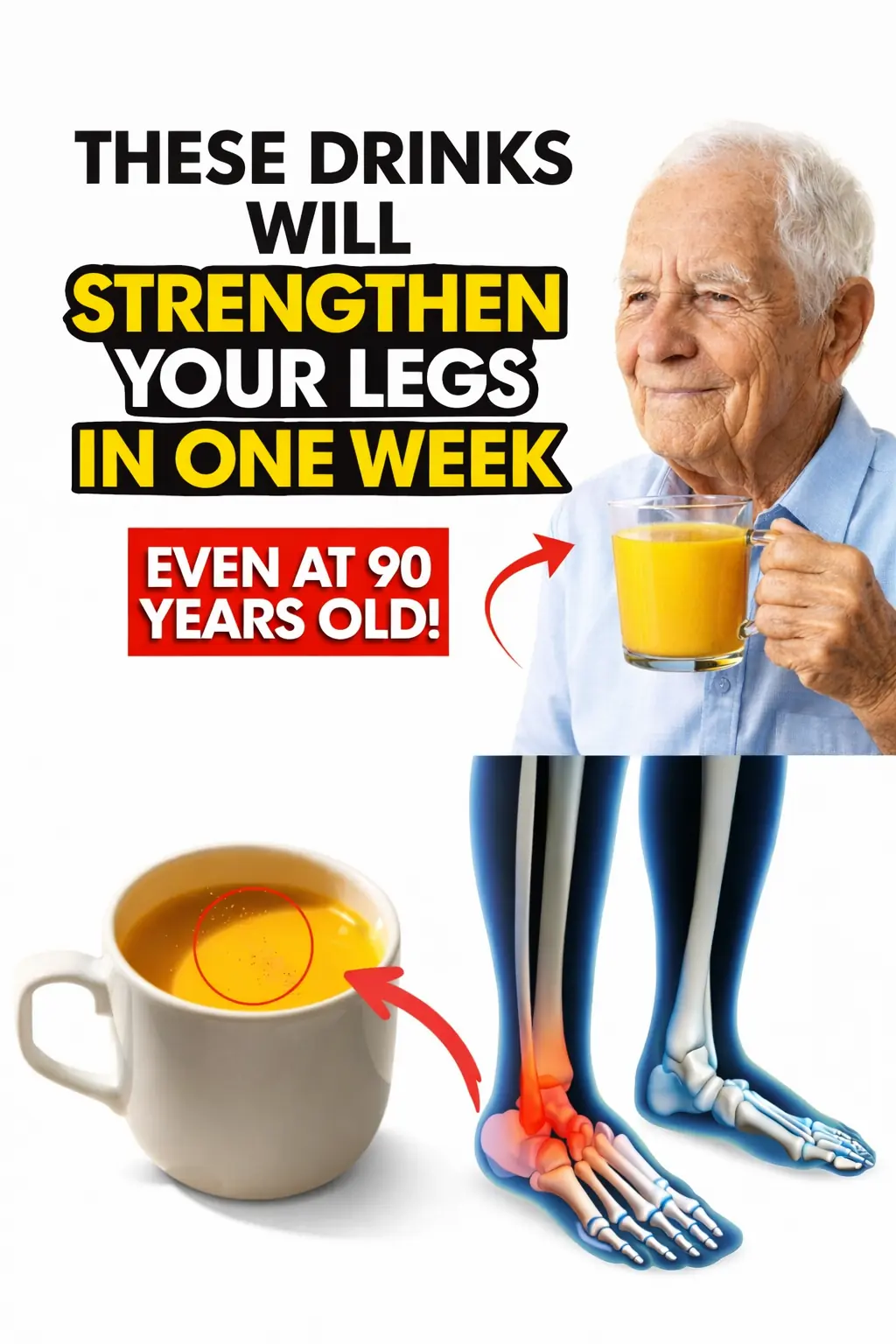
Why Your Legs Show Signs of Aging First — and 3 Drinks That Can Help Keep Them Strong
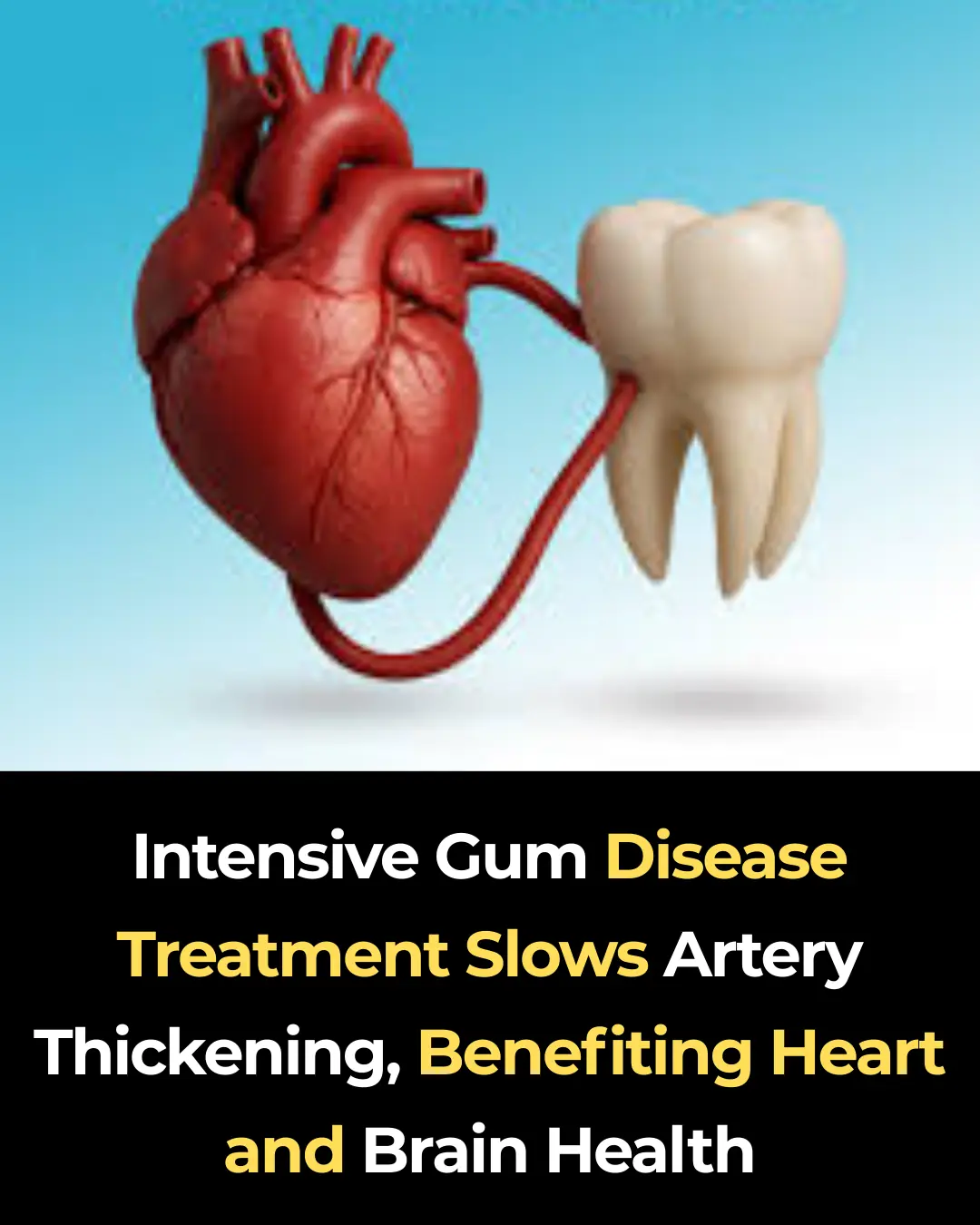
Intensive Gum Disease Treatment Slows Artery Thickening, Benefiting Heart and Brain Health
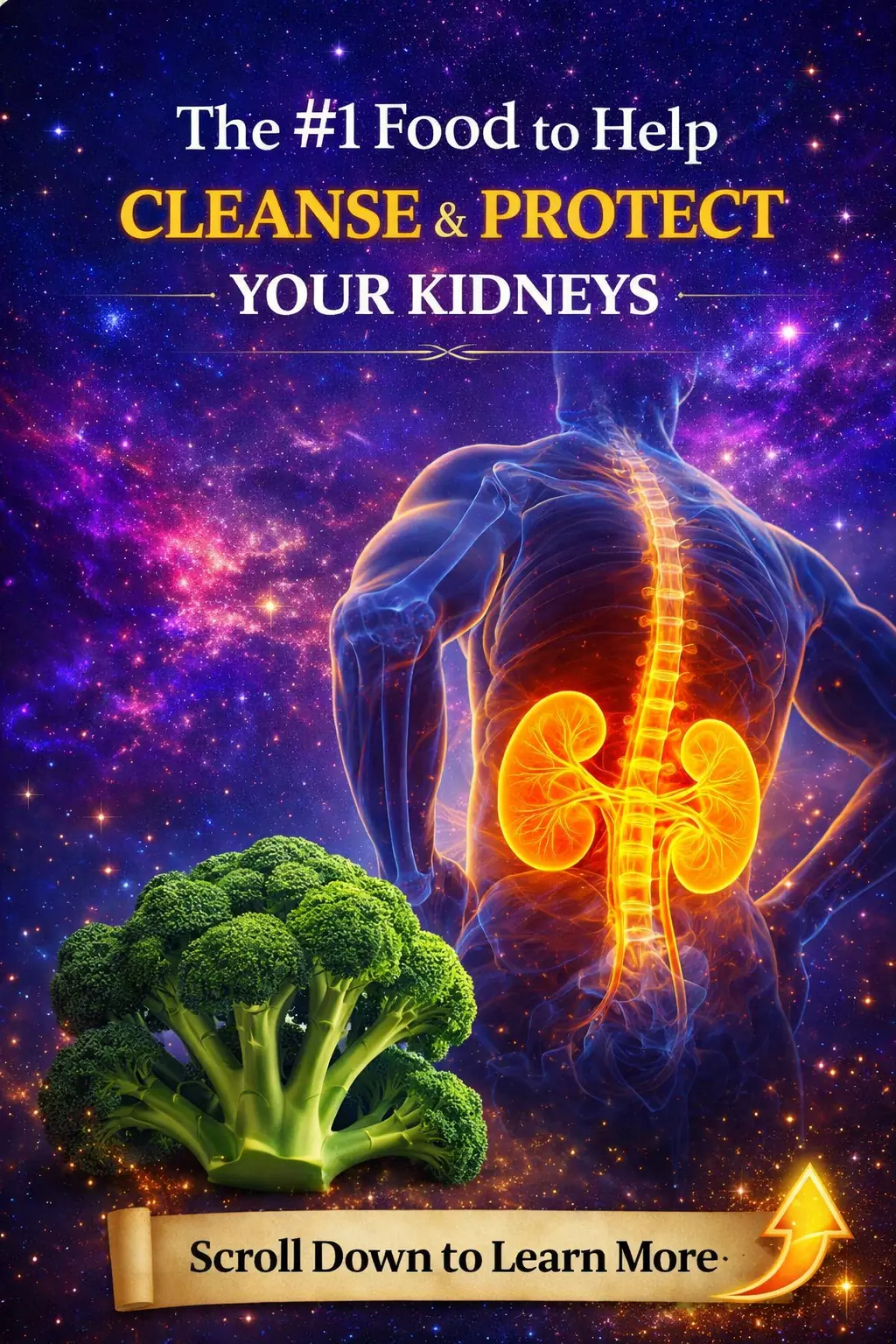
The #1 Food Proven to Support Kidney Cleansing and Protection
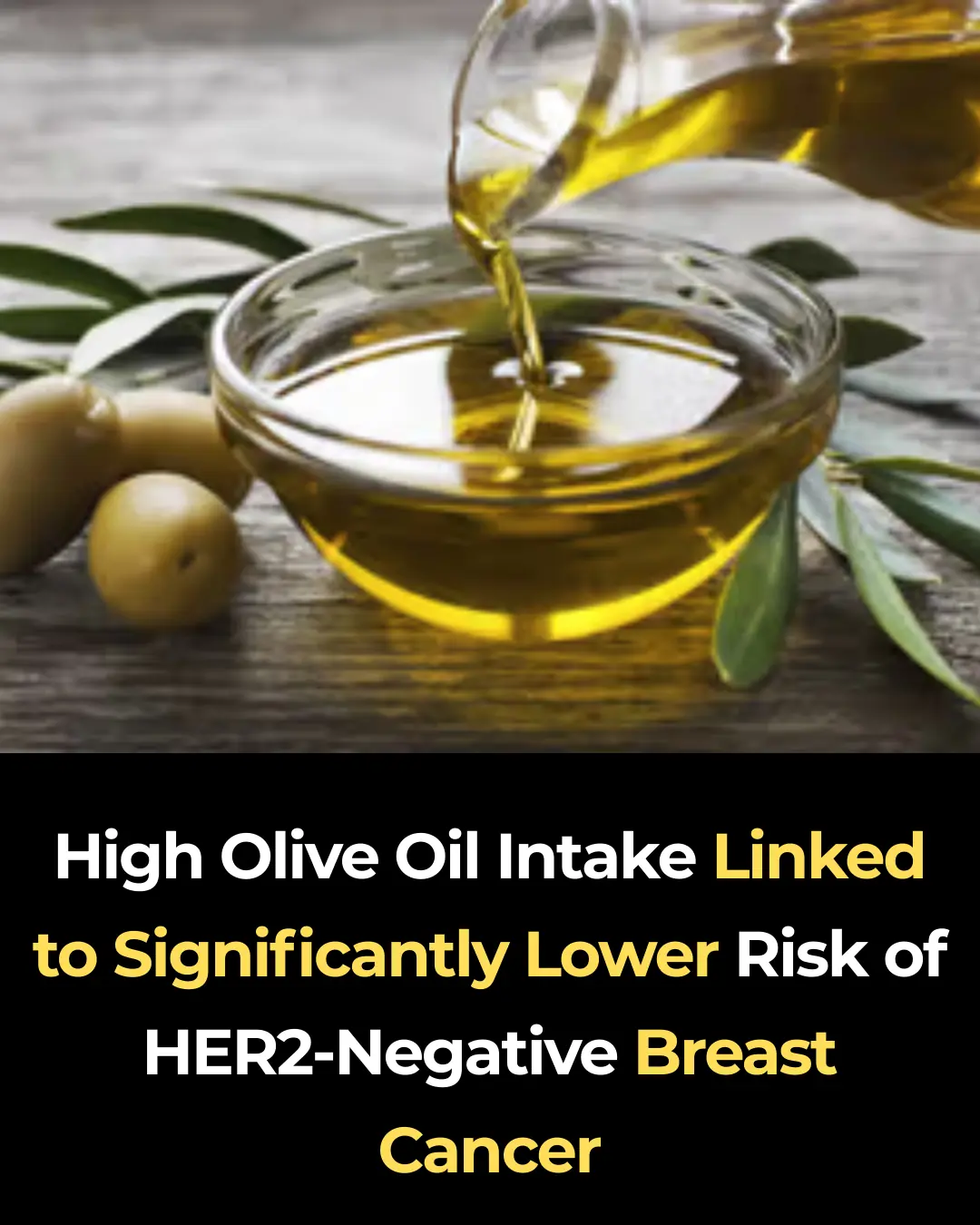
High Olive Oil Intake Linked to Significantly Lower Risk of HER2-Negative Breast Cancer

Tight Junction Proteins and Permeability Improved by Roasted Garlic in Mice with Induced Colitis
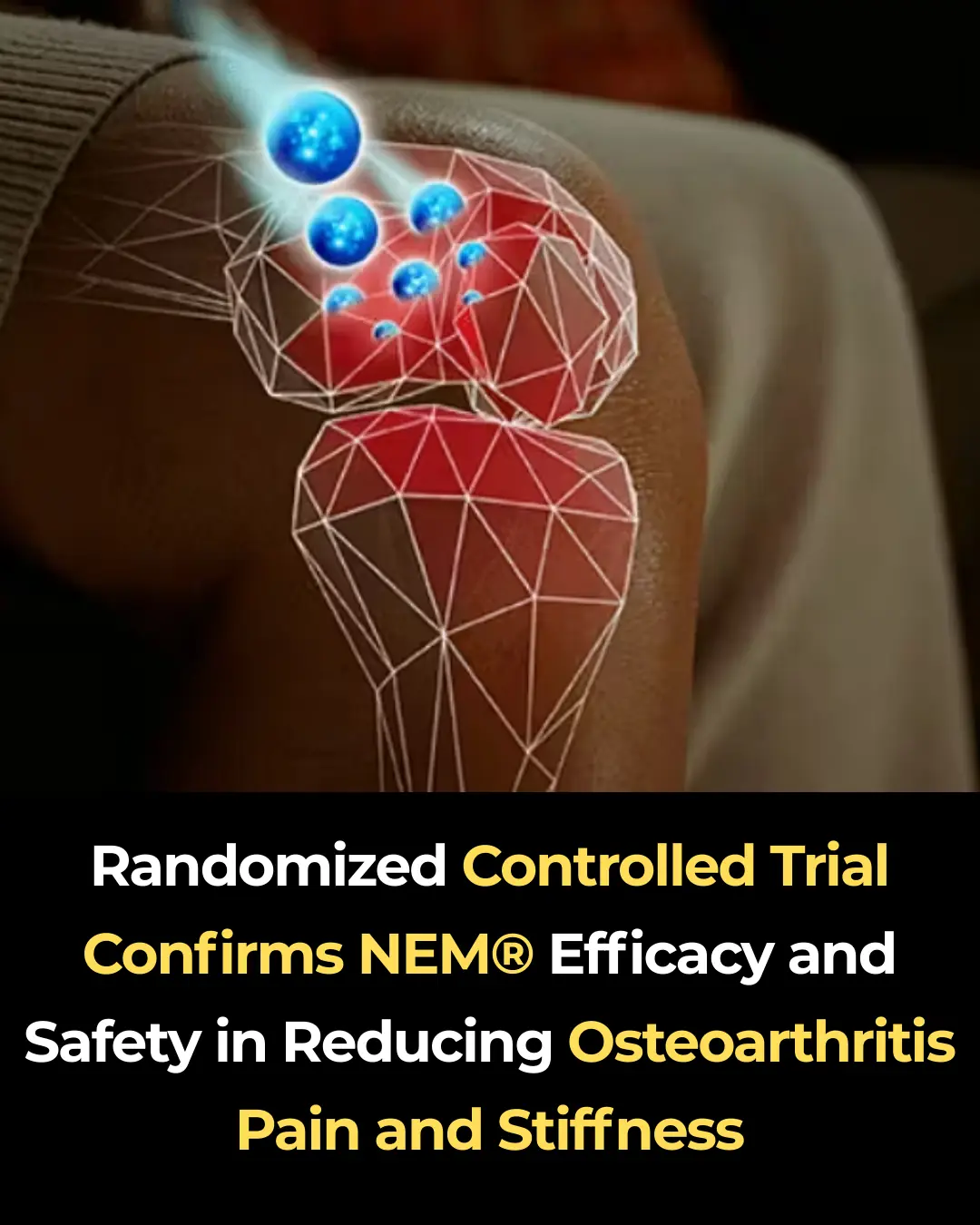
Randomized Controlled Trial Confirms NEM® Efficacy and Safety in Reducing Osteoarthritis Pain and Stiffness

Whole Fish Trumps Pills: Study Finds Whole-Food Factors, Not Isolated Omega-3s, Lower Autism Risk
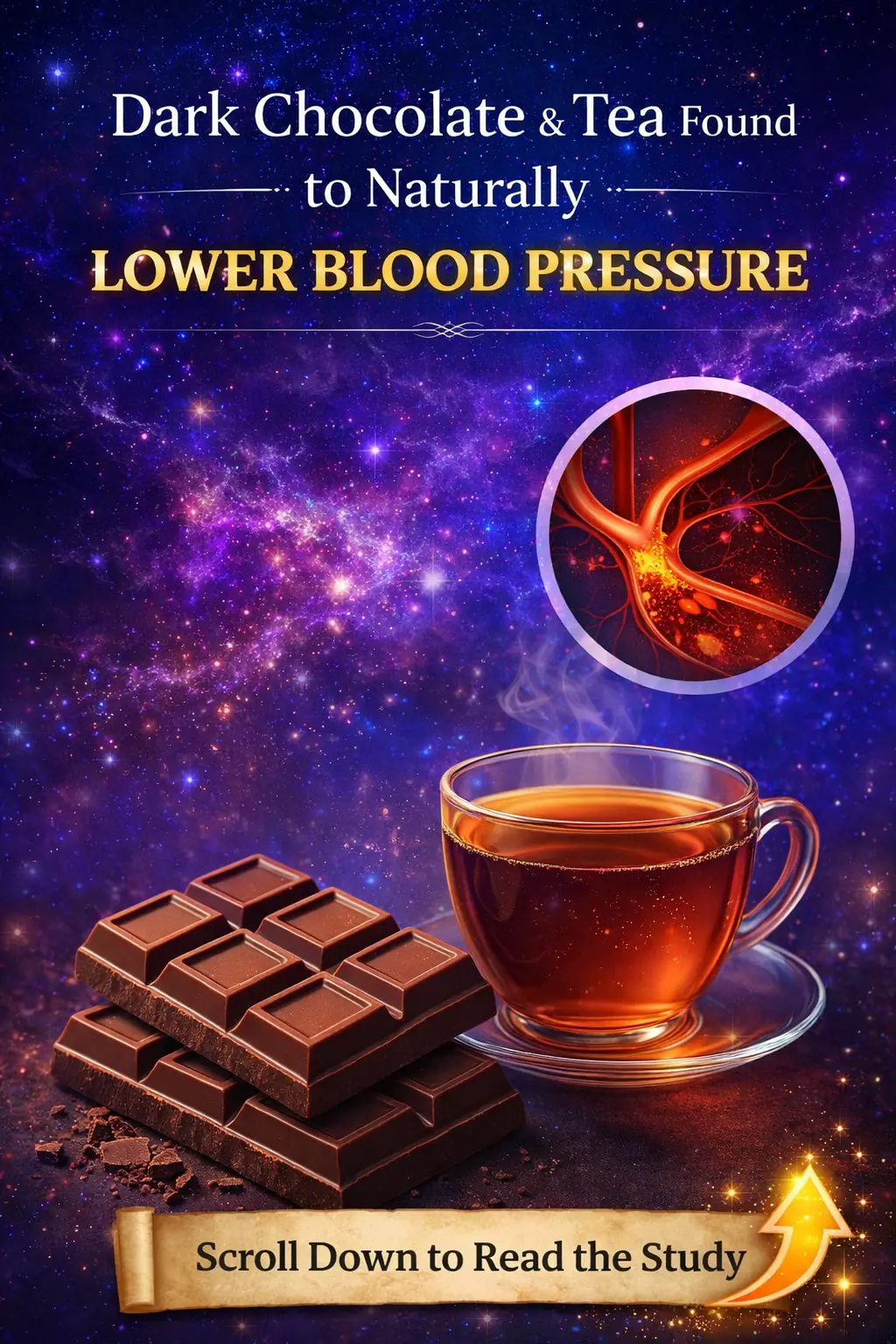
Dark chocolate and tea found to significantly lower blood pressure

Burglar Uncovers Shocking Crime During Robbery, Turns Himself In and Exposes Serious Offense
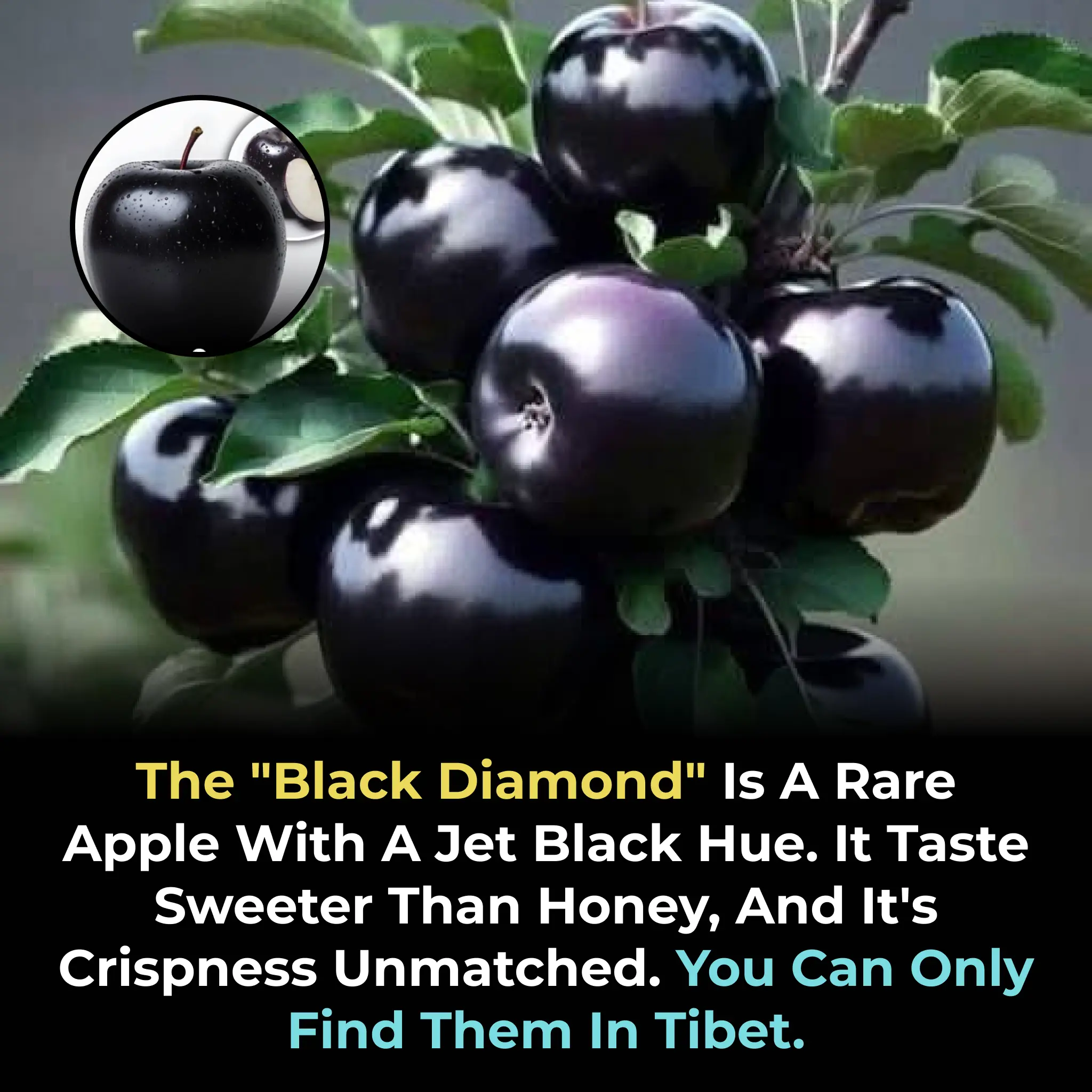
The Black Diamond Apple: A Rare Gem from the Mountains of Tibet
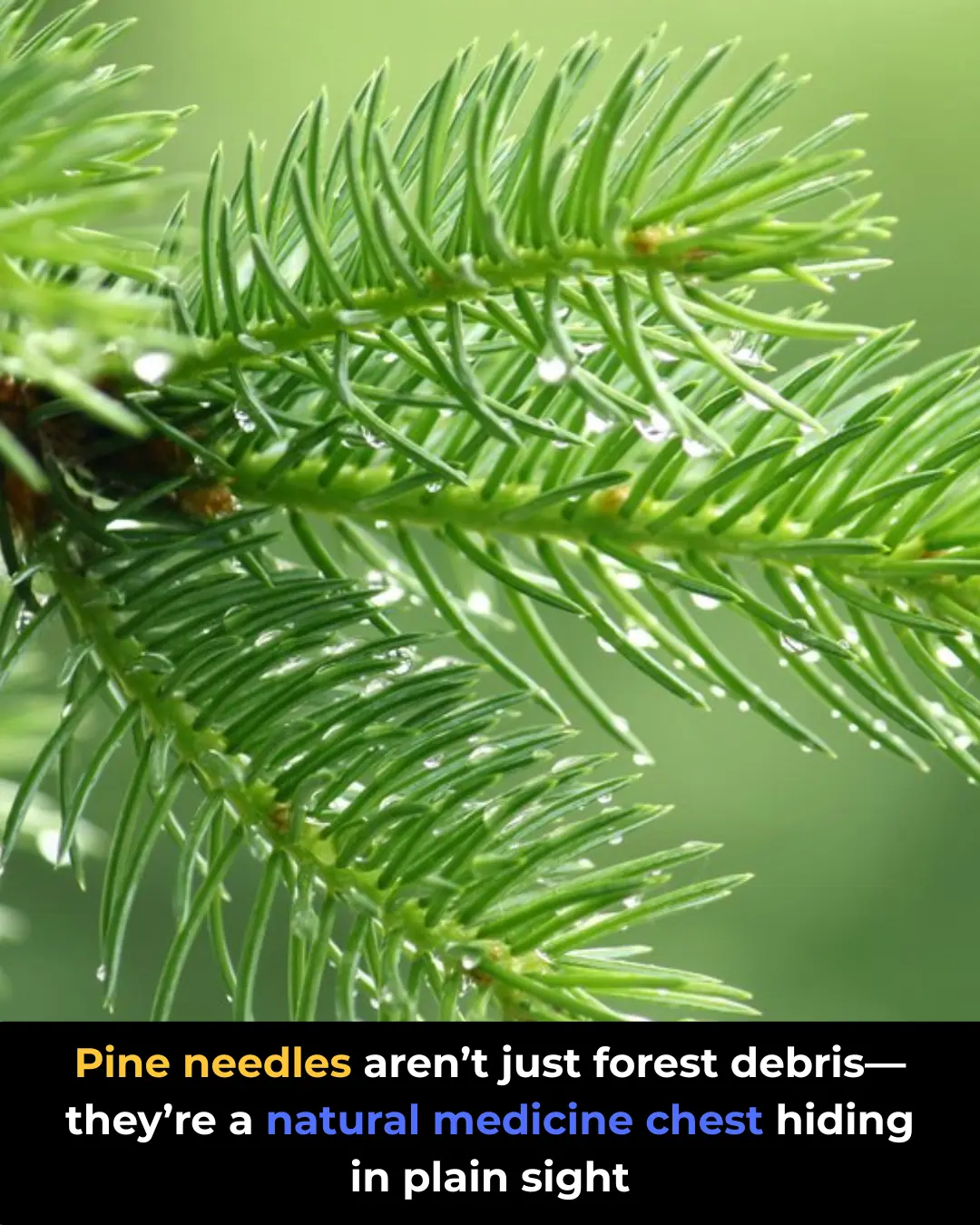
The Power of Pine Needles: 30 Benefits and Homemade Uses

Marvin Harvin Becomes One of the First Incarcerated Individuals to Graduate from Yale University, Highlighting the Power of Education in Prison Reform
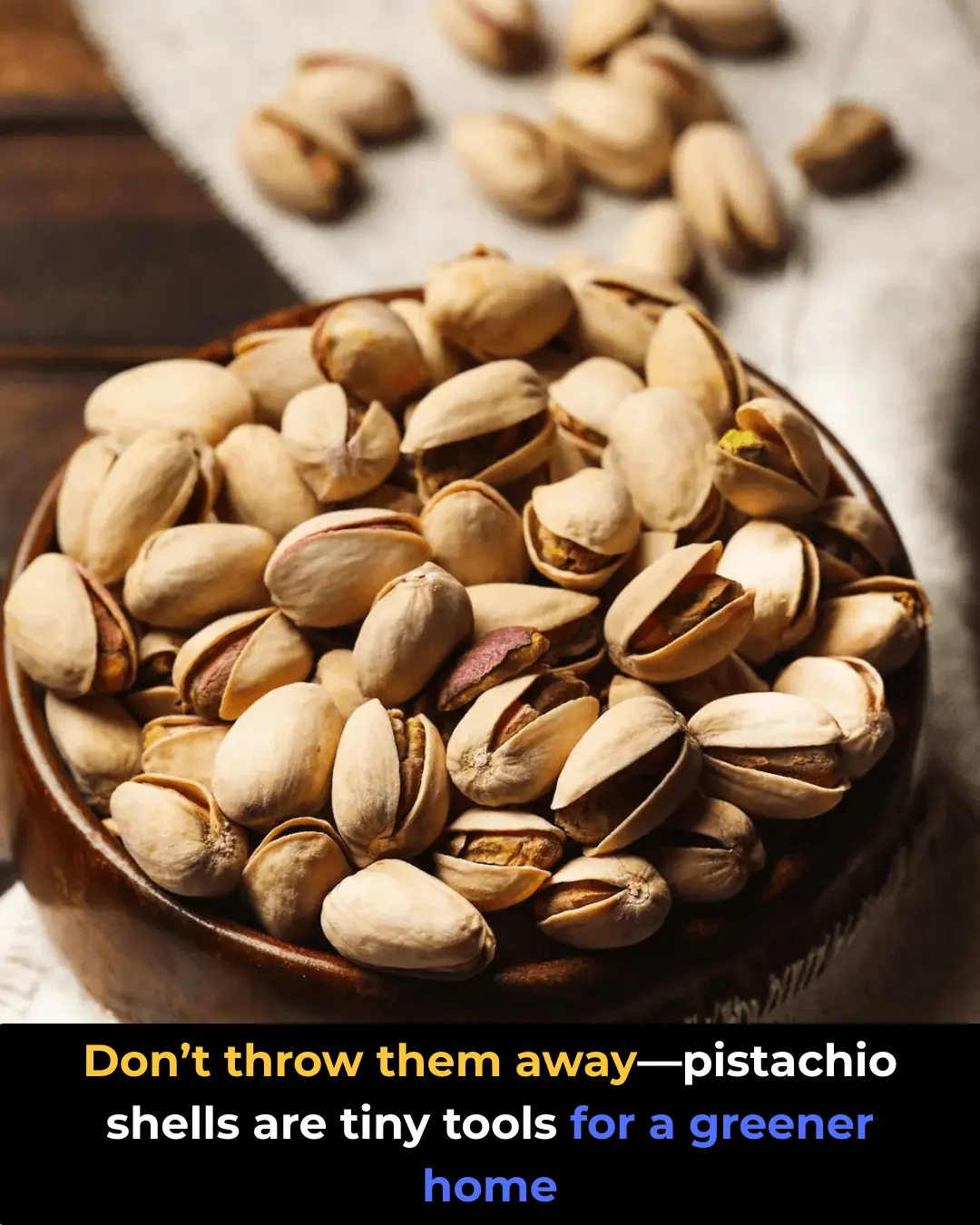
The Hidden Power of Pistachio Shells: Benefits and Clever Homemade Uses

Warren Buffett’s Ice Cream Quote: A Simple Yet Powerful Lesson on Taxes
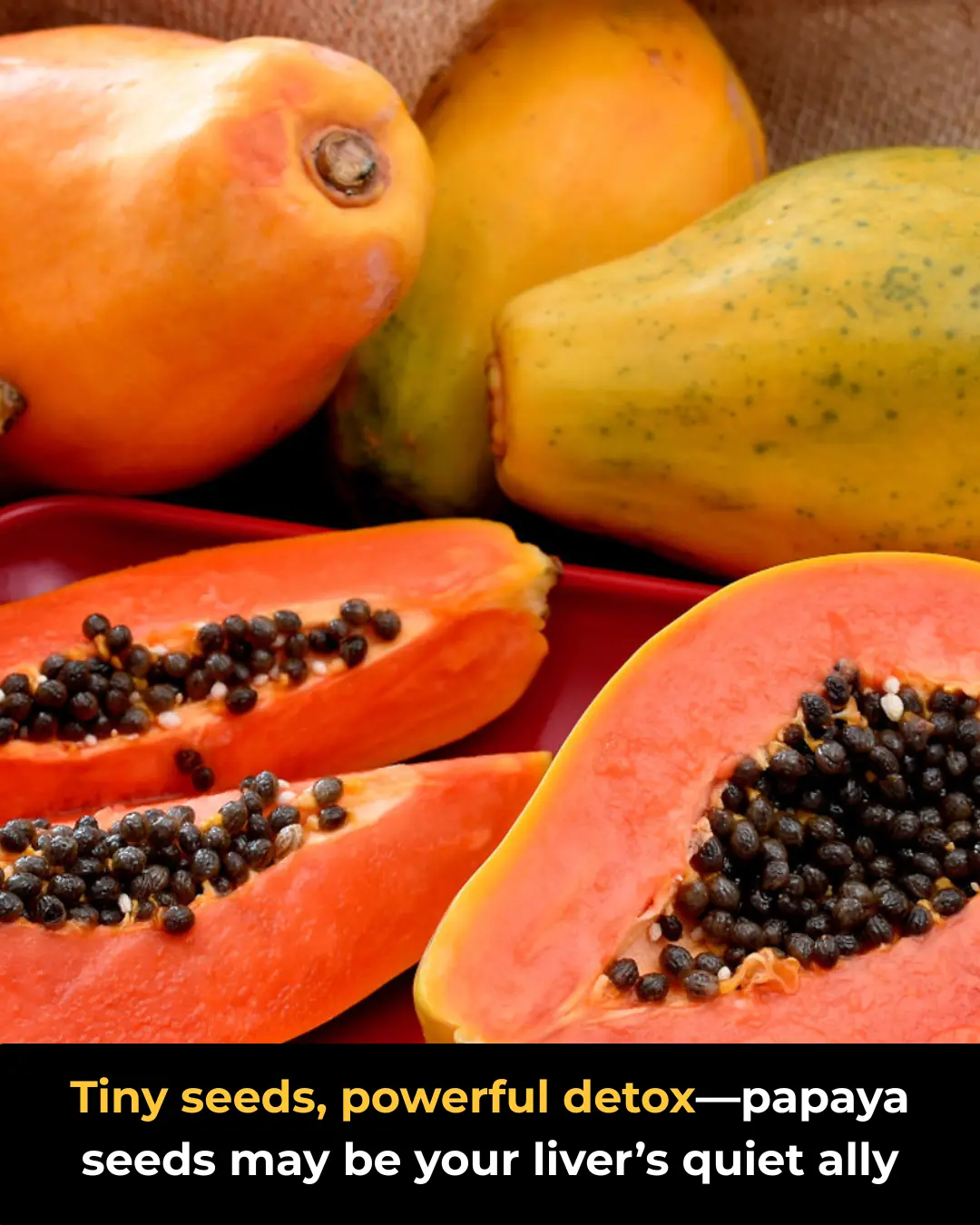
Papaya Seeds: A Powerful Remedy for Liver Health and How to Use Them as a Pepper Substitute

30 Amazing Benefits of Lactuca serriola (Wild Lettuce)
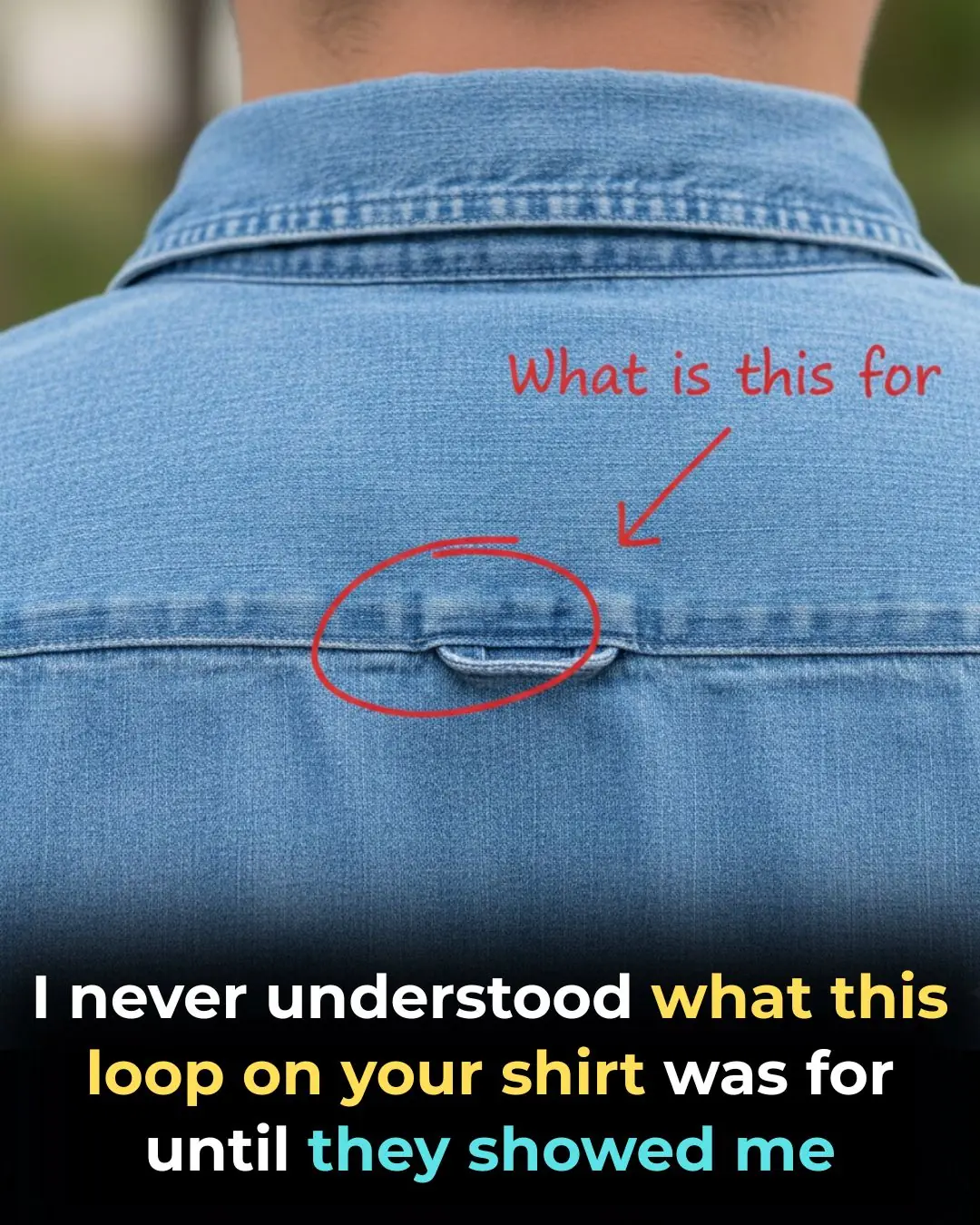
Why Do Button-Down Shirts Have Loops On the Back

World's Oldest Little Blue Penguin Reaches Remarkable 25 Years in Managed Care
